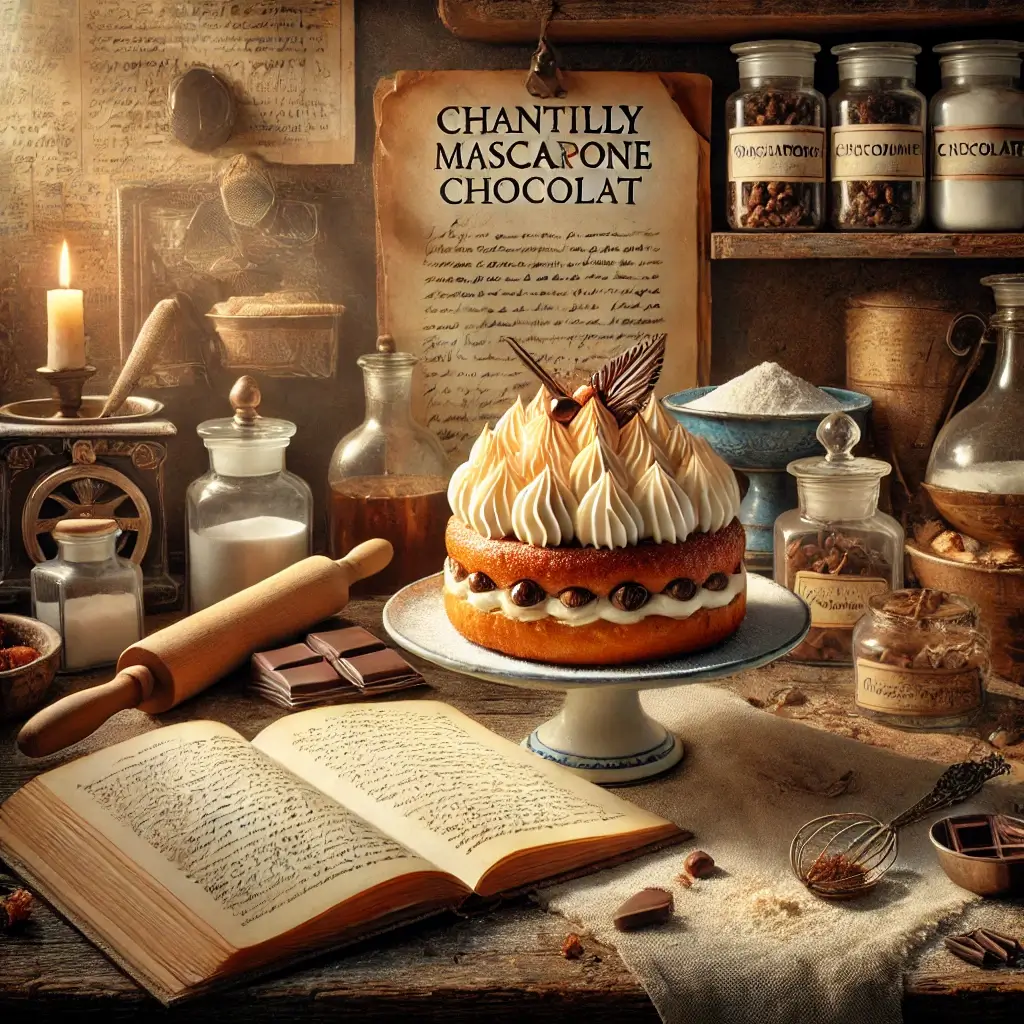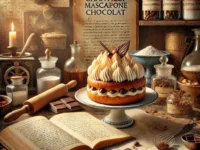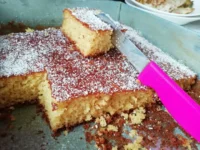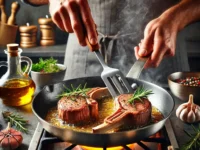
Originating in 17th century France, a key ingredient of Chantilly Mascarpone Chocolat is Chantilly cream, whose creator is said to be the French maître d’hôtel, François Vatel, at the Château de Chantilly. This lightly sweetened whipped cream, perfumed with vanilla, became hugely popular for its light, airy texture and sumptuous flavor.
Another key ingredient, mascarpone cheese, is said to come from the Lombardy region in Italy and is thought to trace back to the late 16th or early 17th century. This creamy cheese, which was also discovered as a byproduct of the process that gives us creamy cultured milks, lends its luxurious texture to Italian desserts from tiramisu to other products.
Though chocolate had been used in drinks and candies since it was brought back to Europe in the 16th century, we didn’t immediately put it into cookies, cakes, puddings and ice creams. Though once a luxury reserved for the most elite members of society, chocolate began to be used in a variety of dessert recipes by the 19th century, paving the way for the possibility of extravagant confections (such as Chantilly Mascarpone Chocolat) that combined its rich flavor with various other ingredients.
Cultural Significance and Influence
Chantilly Mascarpone Chocolat is firmly established in European culinary traditions, respected ingredients throughout many region’s kitchens. The pillowy softness of Chantilly cream, paired with rich, velvety mascarpone and deep, gratifying notes of high-quality chocolate, make this dessert a favorite in patisseries and home kitchens alike.
Its power is not limited to its popularity. It has spawned the modern pastry arts, in which cooks characterize texture and taste to conceptualize new interpretations. Livres de Fête, jolies Bouchees As chocolat embodies elegant decadence—for fête as well as fête-fête—Chantilly Mascarpone Chocolat tends to hold center stage at grand fête and celebration. Its crafting at weddings, holiday feasts, and at gourmet events attests to its status as a sophisticated and celebratory dish.
Evolution of the Recipe Over Time
This is very much a classic style of Chantilly Mascarpone Chocolat, keeping airs of simplicity and precision. The traditional versions would take lightly whipped Chantilly cream and smooth mascarpone cheese and lots of good melted chocolate, and fold them together, little by little, so that the air moved through the mixture, making an even-flavored mousse.
Over the years, chefs and home cooks have come up with updated versions of the recipe. Others like to layer the elements or add extra flavors like citric zests or liqueurs. Regional variations might include the use of local ingredients, like a different cream or heritage chocolate, providing a distinctive take to the classic recipe.
Chantilly Mascarpone Chocolat is a case study in evolution — moving between a respect for traditional preparation and modern sensibilities about flavor and ingredients that account for the shifting world around us.
Key Ingredients and Their Roles
Fancy as it sounds, the success of Chantilly Mascarpone Chocolat relies on just three key ingredients, and the quality of them. For a light and airy Chantilly cream a high-quality cream is essential. The cream needs to be a high-fat percentage, which is important to creating the desired whipped texture and stability to hold the shape of the dessert.
Mascarpone cheese adds a unique richness with a slight tang that nicely offsets the sweetness of the Chantilly cream. That silky consistency lends a velvety mouthfeel, one reason it is an indispensable element of the dish.
“Choosing the right chocolate is the most important step in bringing the dessert depth and complexity.” Leveraging high cocoa content helps to deliver a rich chocolate flavor, and the type of chocolate — dark, milk, or even white — can change the whole flavor profile. Using ethically produced, high-quality chocolate enhances both the flavor and also the integrity of the dish.
Culinary Techniques and Innovations
The secret of Chantilly Mascarpone Chocolat, achieving the exact right texture requires a mastered technique. Whipping it to soft peaks delivers light cream rather than overbeaten and grainy. The mascarpone would need to be carefully folded into the cream to make sure it stays structured; the chocolate would need to be melted and properly tempered so that it mixed in without seizing or turning grainy.
Modern iterations of the dessert often feature innovations of flavor combinations. Crearmes may add sea salt, crushed nuts, or even some exotic spices to achieve a silky mouth feel and balanced taste. Herbs or floral notes, like lavender or rosemary, are infused for new spins on the traditional dessert.
Chantilly Mascarpone Chocolat: The Modern Culinary Presentation As well, presentation and plating are hugely important within the modern culinary presentation of Chantilly Mascarpone Chocolat. The dessert can be molded into a glass or other elegant forms for a sophisticated, modern touch. To make this flourless chocolate cake visually exciting and more delicious, we use garnishes like fresh berries, edible flowers, or a sprinkle of cocoa powder.
When we finally bid farewell to this fanciful dessert of Chantilly Mascarpone Chocolat, we realize that we are not just saying goodbye to a dessert, but we are saying goodbye to memories and a rich fusion of cultural history and culinary innovation with endless possibilities. Such mastery in ingredient selection, traditional technique, and contemporary adaptations ensure that this dish continues to bring smiles to faces around the globe, celebrating the artistry of confectionery.



















